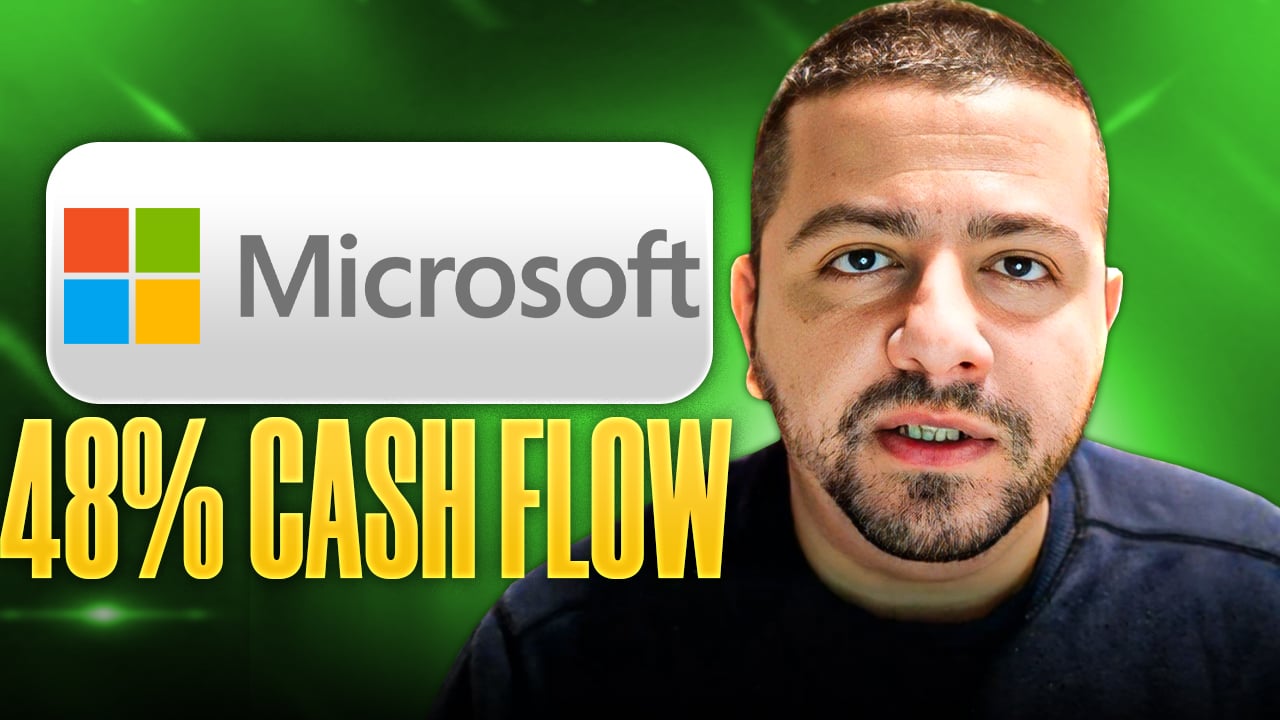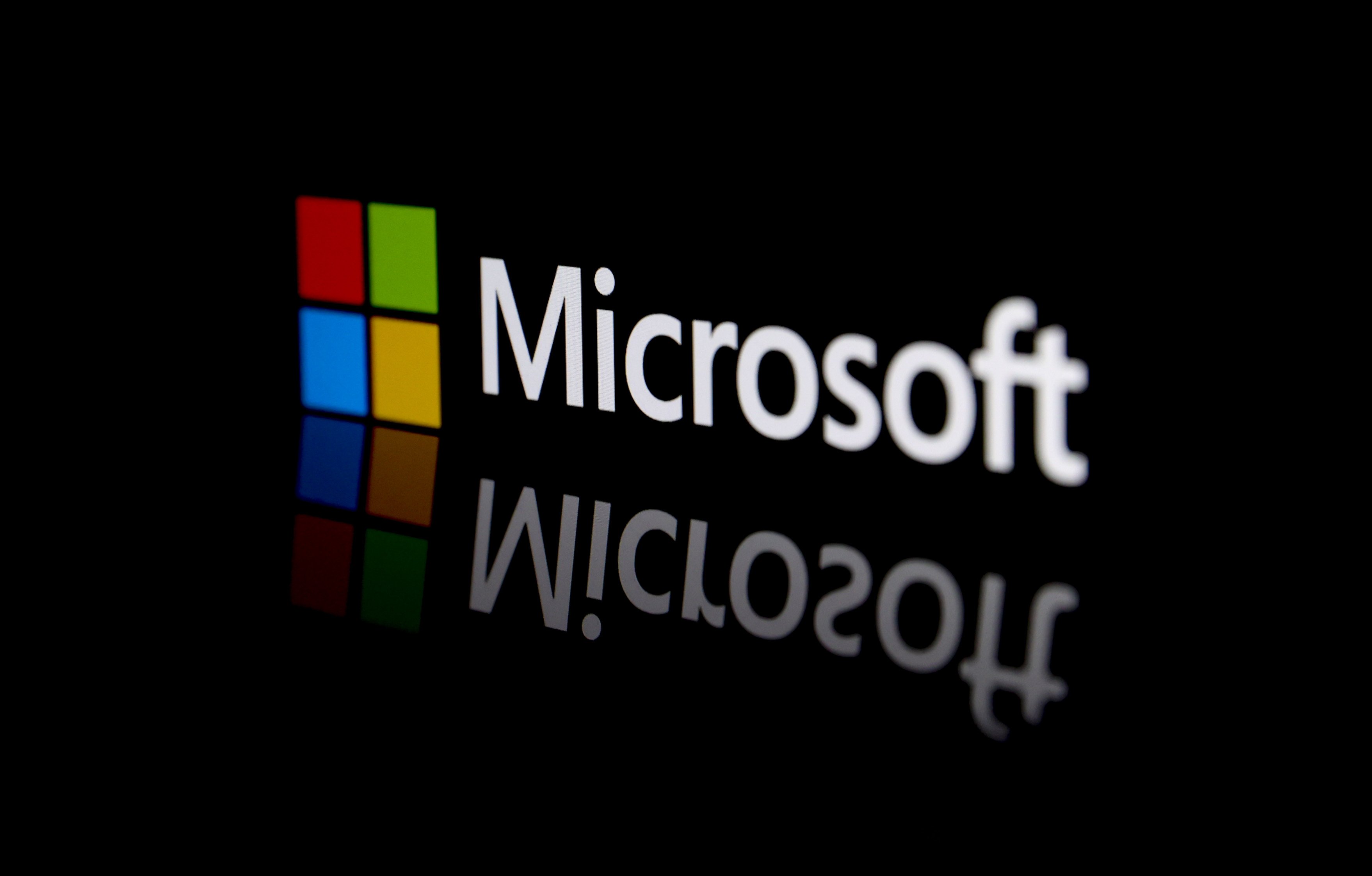It's been just over a month since Microsoft (MSFT 1.04%) launched its Surface RT tablet. There's been all sorts of talk on how the device may or may not be selling.
Analysts who surveyed local shopping activity didn't see much Surface buying. Researcher IDC thinks that "Microsoft and its partners will have a tough time winning a share of consumer wallet with price points starting at $500," which is what an entry-level Surface will put you back. Steve Ballmer has already said the device is off to a "modest start," in part due to its limited distribution strategy. PC giant Hewlett-Packard (HPQ 2.54%) isn't afraid of the device, with exec Todd Bradley saying he'd "hardly call" it competition since it's "a little kludgey."
Three's company
Skeptics be damned, Microsoft might be preparing to multiply its Surface family next year. It's rumored there will be three models in addition to the Surface Pro model, which is already slated for a January launch starting at the $899 price point.
The Surface RT 2 could see its display reduced to 8.6 inches and switch from the NVIDIA (NVDA 3.27%) Tegra 3 powering the current version to a Qualcomm (QCOM 1.66%) Snapdragon, says Tech Crunch. A second Surface Pro might get an even bigger screen, going up to 11.6 inches, while ditching Intel (INTC 4.30%) in favor of a next-generation Advanced Micro Devices (AMD 4.86%) Temash chip. Last but not least, a Surface Book could be in the works, sporting a hefty 14.6-inch display and the latest Haswell processor from Intel.
Do these rumblings withstand the sniff test? Two of them make some sense.
I'll take two
The first potential device sounds realistic for a couple reasons. NVIDIA and Qualcomm are the last remaining chip makers that Microsoft had partnered with to power Windows RT, after Texas Instruments (TXN 1.24%) decided to ditch mobile. On top of that, Microsoft already has an existing partnership with Qualcomm as the exclusive supplier of mobile applications processors for its Windows Phone platform.
The software giant has worked with Qualcomm in a mobile setting for longer than it has with NVIDIA and its Tegra 3 chips that currently power the first Surface RT. Of course, Microsoft still has ties with NVIDIA as a key supplier of GPUs in PCs, but on the mobile front, its relationship with Qualcomm dates further back.
There's no reason to suspect that Microsoft is particularly displeased with the Tegra 3 shipping in the first-generation model, but it's entirely possible that the company is also exploring Snapdragon possibilities.
Moving to a smaller 8.6-inch form factor also makes sense, since the current device is on the larger end of the tablet spectrum. Tablets are all about mobility, and smaller devices lend to that functionality.
The idea of a Surface Book also has a nice ring to it, applying the Surface brand to a notebook product. A display size of 14.6 inches is a little uncommon, but not unheard of. Intel's Haswell chips are due out next year and promise significant performance improvements, so it's within reason for Microsoft to be looking at putting these 22-nanometer processors into a new product.
The current batch of Surface tablets already border on convertible territory, since the Touch Cover keyboard accessory is almost a requisite for Surface buyers. Microsoft seems interested in pursuing the convertible device category, since Windows 8 was basically made to serve as both a tablet and notebook operating system, so a convertible Surface Book is believable.
No go
The rumor about Microsoft switching to AMD is far-fetched, since there's not really a compelling reason to go with AMD's chip over anything out of Intel. When it comes to PC chips, Intel remains unmatched. Microsoft and Intel are longtime partners in crime, so ditching Intel in favor of AMD for a product is unlikely.
Additionally, increasing the already-large Surface Pro from 10.6-inches to 11.6-inches is approaching laptop territory for a device that's positioned more within the realm of tablets. An 11.6-inch tablet with an AMD chip is unlikely.
It's all part of the plan
Microsoft will inevitably launch more Surface devices, and in all likelihood that will entail different branches like Surface Phones and Surface Books. After all, part of becoming a "devices-and-services company" requires more devices.






